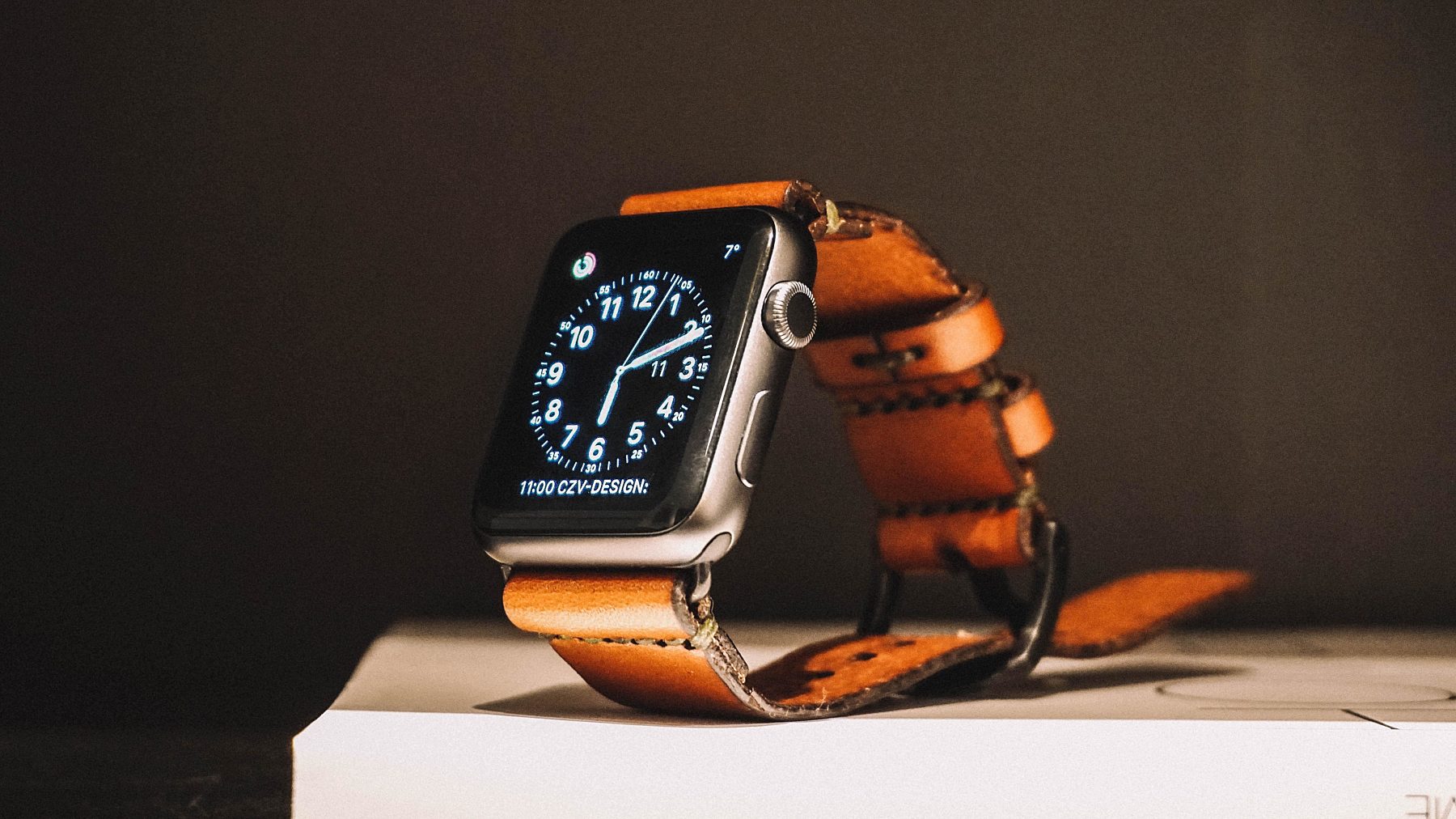That’s right. I almost got tricked into spending $6,000 on Apple Watch. Ironically, I wasn’t even shopping for one. Here’s how it happened:
My wife and I are expecting our first child at the end of June. Like any decent financial planner trying to follow his own advice, this means increasing life insurance coverage is at the top of our current to-do list.
So when an email arrived in my inbox that offered an Apple Watch for only $25 if I bought coverage from a particular insurance company, my interest peaked. I needed more life insurance – and my FitBit had recently died. Two birds, one stone.
I quickly got a quote from the website and was a few clicks into the application process when it hit me – this was too good to be true.
I ran a quick quote through a broker and realized that the Apple Watch combo coverage was about $25/month more expensive than comparable coverage from another highly-rated carrier.
For simplicity’s sake, here are the numbers – I was getting quotes on a $1 million, 20-year term policy on myself (a healthy-ish, non-smoking 33-year-old male). The Apple Watch plan was $60/month. The other option was $35/month. Over 20 years, that $25/month difference comes to $6,000.
I’m not mentioning the insurance company by name because that’s not the point of this post. Not all term insurance carriers can be the cheapest, and each company has sweet spots in their rates for different subsets of clients. Maybe I was just a bad fit for the Apple Watch carrier?
What I did find interesting, ok..maybe alarming, was my vulnerability to a low-hanging freebie. I talk with clients every day about hidden costs, hidden incentives, hidden agendas. I should have realized from the onset that a life insurance company offering me an Apple Watch for $25 was not without a catch.
Here are a few takeaways…
Incentives matter, and they are everywhere.
Even the slightest incentive can alter our decision making without us realizing it. I’ve dealt with life insurance policies for more than a decade, and while the company offering the Apple Watch is a good one, I’ve never recommended them to a client. However, with a shiny incentive attached, I was a few clicks away from purchasing my own coverage through them. What if, instead of a watch, it was an all-expense paid trip to Bali or a year-end bonus hanging in the balance?
Small price differences are magnified over long periods of time.
I’m not one to recommend the “Skip the latte and avocado toast” retirement plan, but it is true that slight spending adjustments can make an exponential difference over a long period of time. I think this works best when done in the context of a values-based spending plan and consistently monitoring the things we set up on auto-pay.
Short-term vision yields long-term problems.
While I’m sure the Apple Watch is a fantastic product, I doubt it would still be on my wrist three years from now. That $25/month price difference would certainly still be around for 20 years though. The same logic applies to many areas of spending. Now that we can shop using voice-control of an Alexa device, we have practically removed all barriers to irrational spending. The best way to combat this is to monitor spending, without judgment, for a few months. Our goal should be to spend money on necessities and things that bring us long-term happiness.
Nothing’s free.
If a company is offering you something for free, they think they can influence your behavior to their benefit at some point in the future. I don’t think there are any exceptions to this, aside from charity. HBO’s one-month free trial, Costco’s free samples, Amazon’s free shipping – all these are bets that you will spend more than they lose. And if something truly is free – from a for-profit entity – watch out. You’re no longer the customer. You’re the product.
